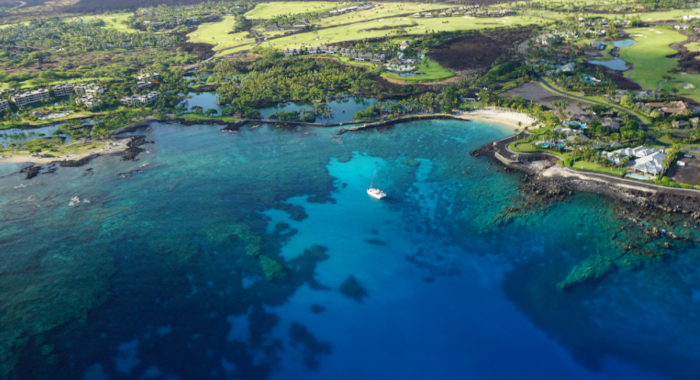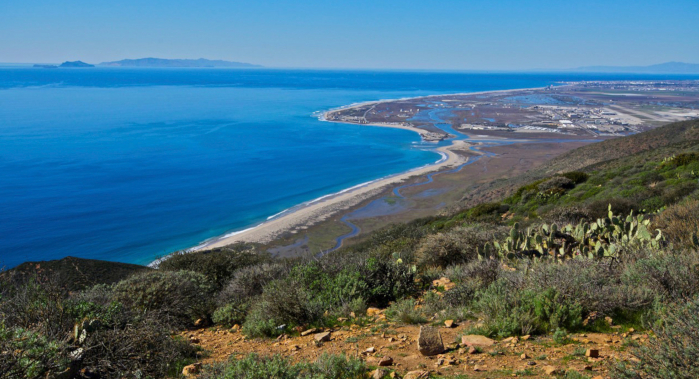With California’s population on track to reach 50 million people, the demand for energy, water, and land will continue to grow. Climate change will compound the strains on society and the environment. Most of this population growth will be centered in larger cities that are already struggling to maintain aging transportation and water infrastructure.
But nature can play an important role in the redevelopment of these systems. Wetlands treat storm water, oyster reefs buffer storm surges, and shade trees reduce heat, providing the benefits of traditional infrastructure while adding scenery and wildlife habitat.
Conservancy scientists are demonstrating how society can minimize trade-offs between development and conservation through innovative regional planning. And by showing what nature can do for cities–and what cities can do for nature–we can develop models for improving the quality of urban life, with broad application on an urbanizing planet.


Scott Morrison, Walter Boyce
Critical for biodiversity conservation is the retention of ecological connectivity in the landscape, so that wildlife—and the natural processes that sustain wildlife—can move around.…Douglas T. Bolger, Andrew V. Suarez, Kevin R. Crooks, Scott A. Morrison, Ted J. Case
Habitat fragmentation ushers in a wide array of ecological changes, and understanding the drivers and impacts of those changes is critical for conservation management. This study examines an often…